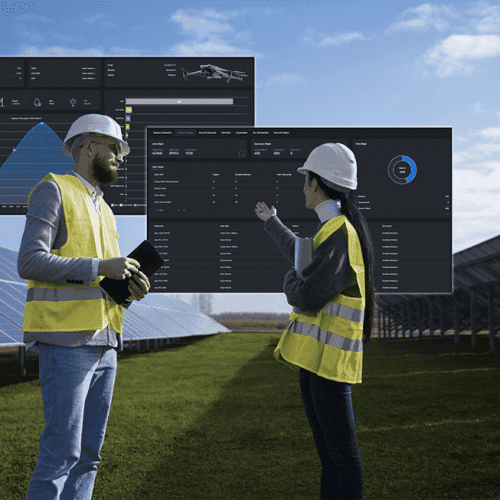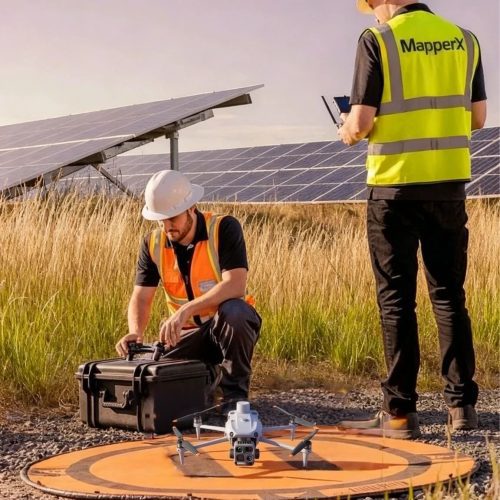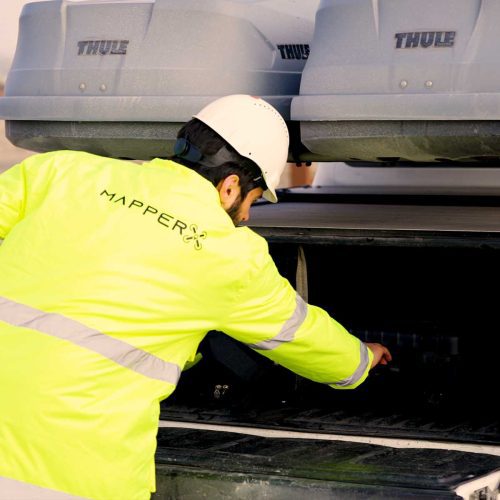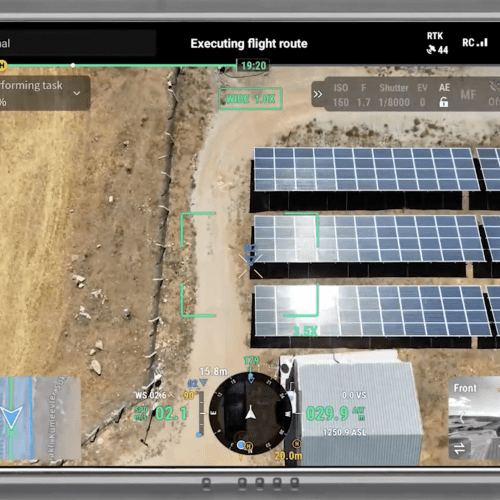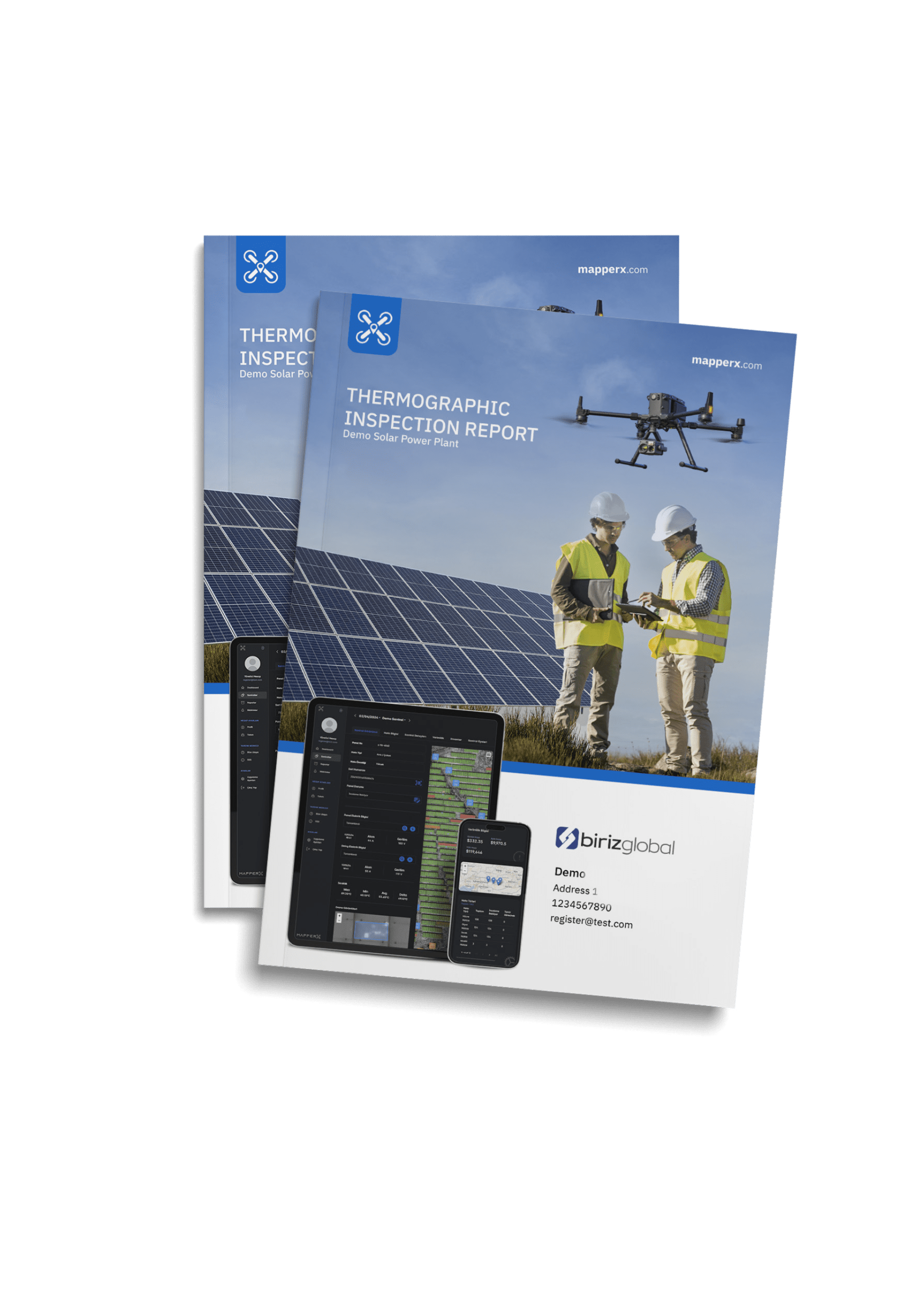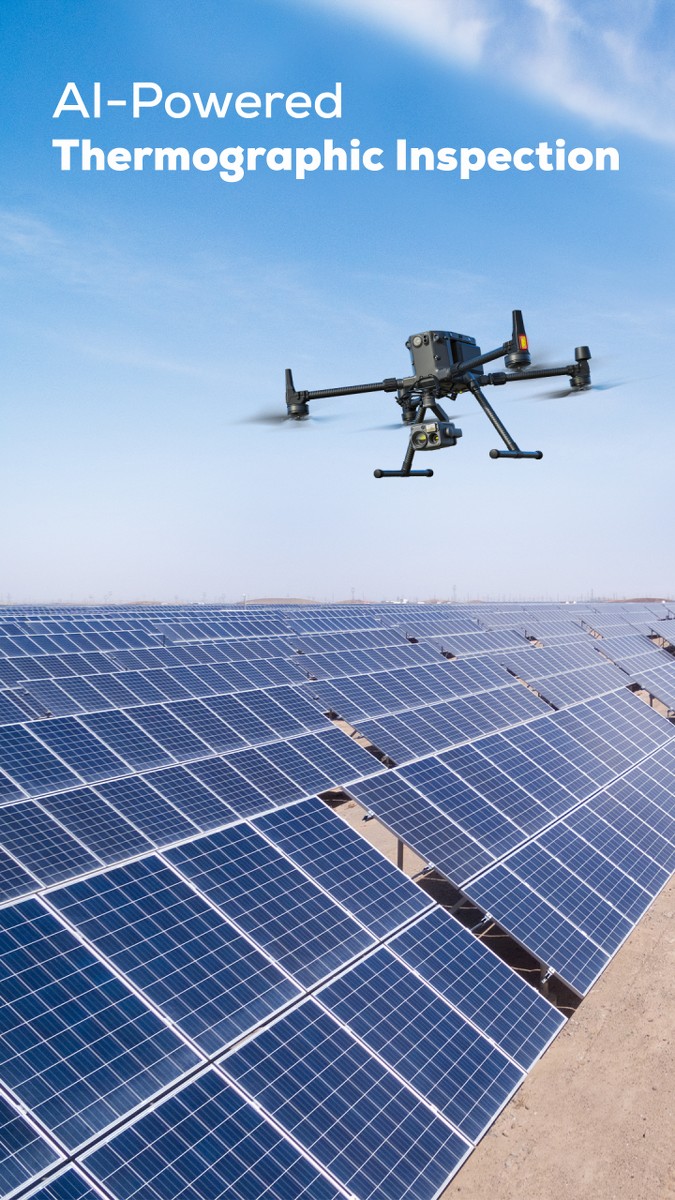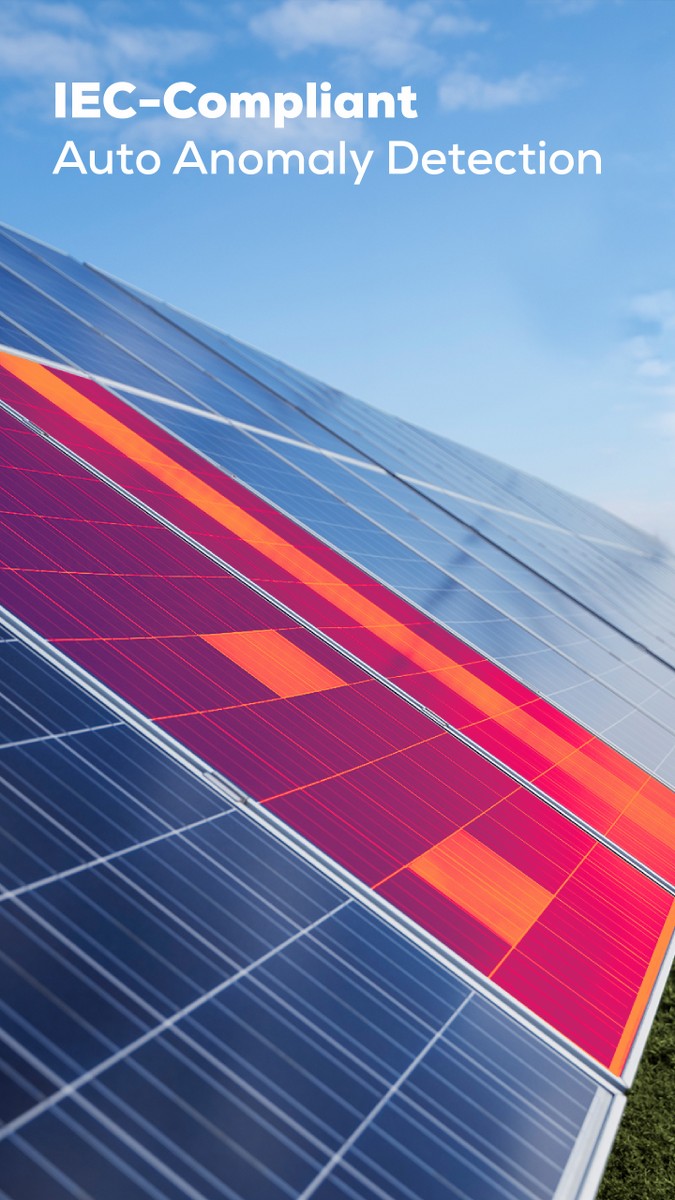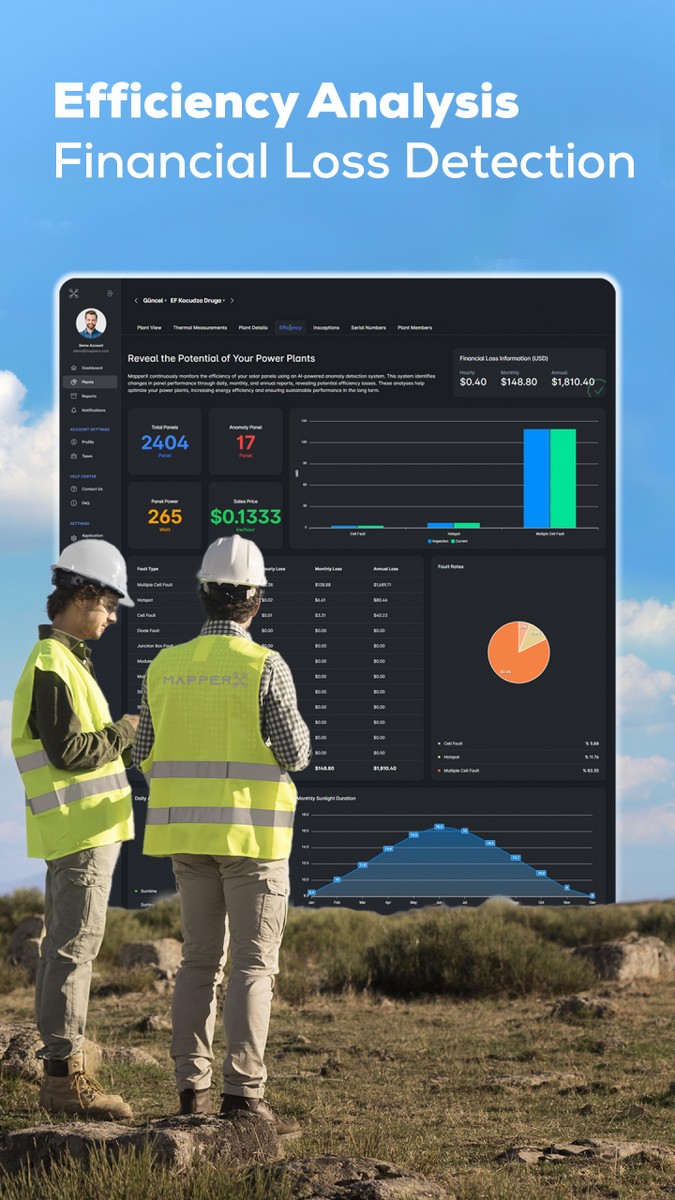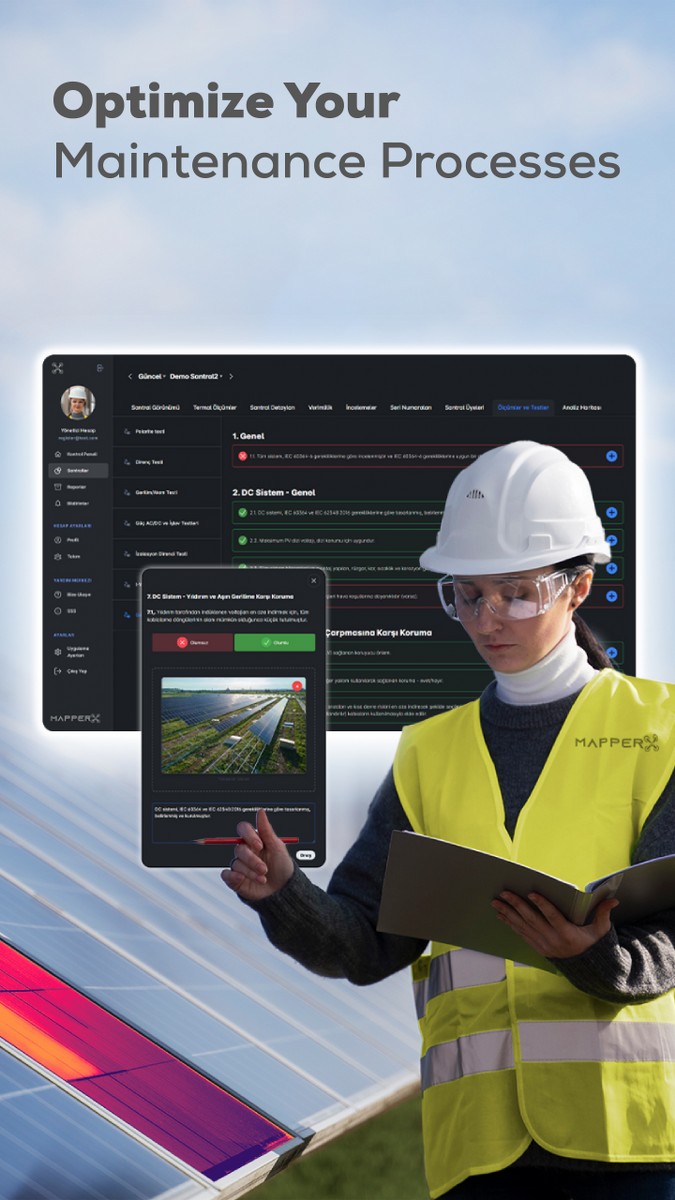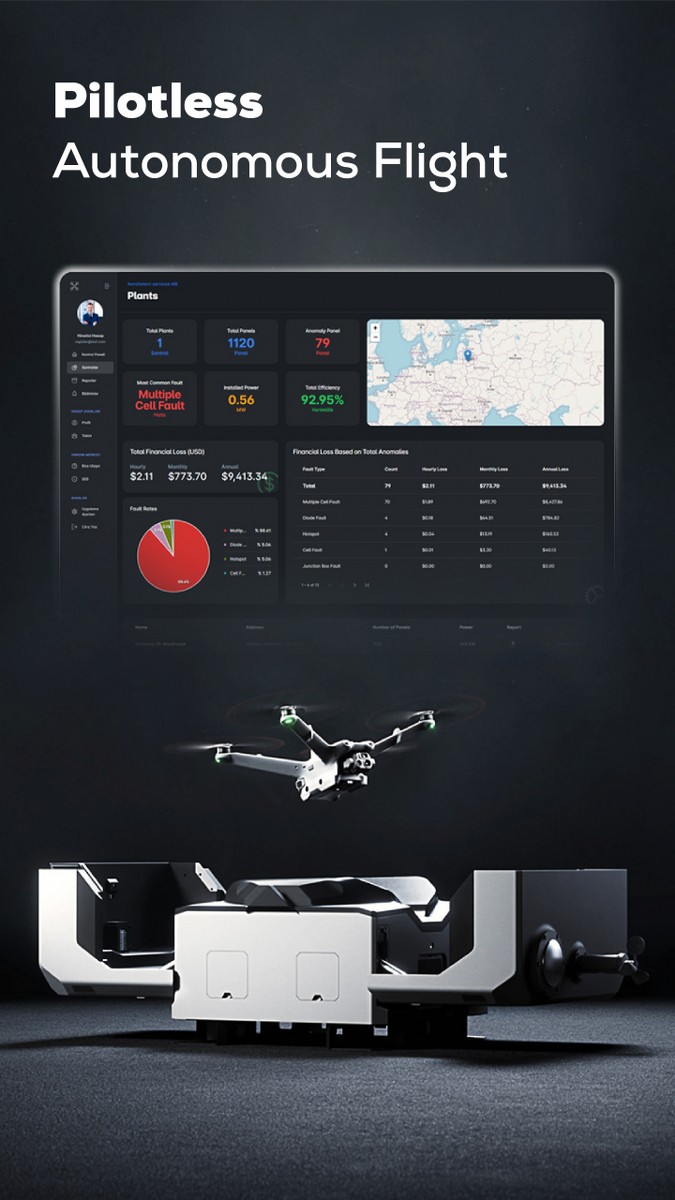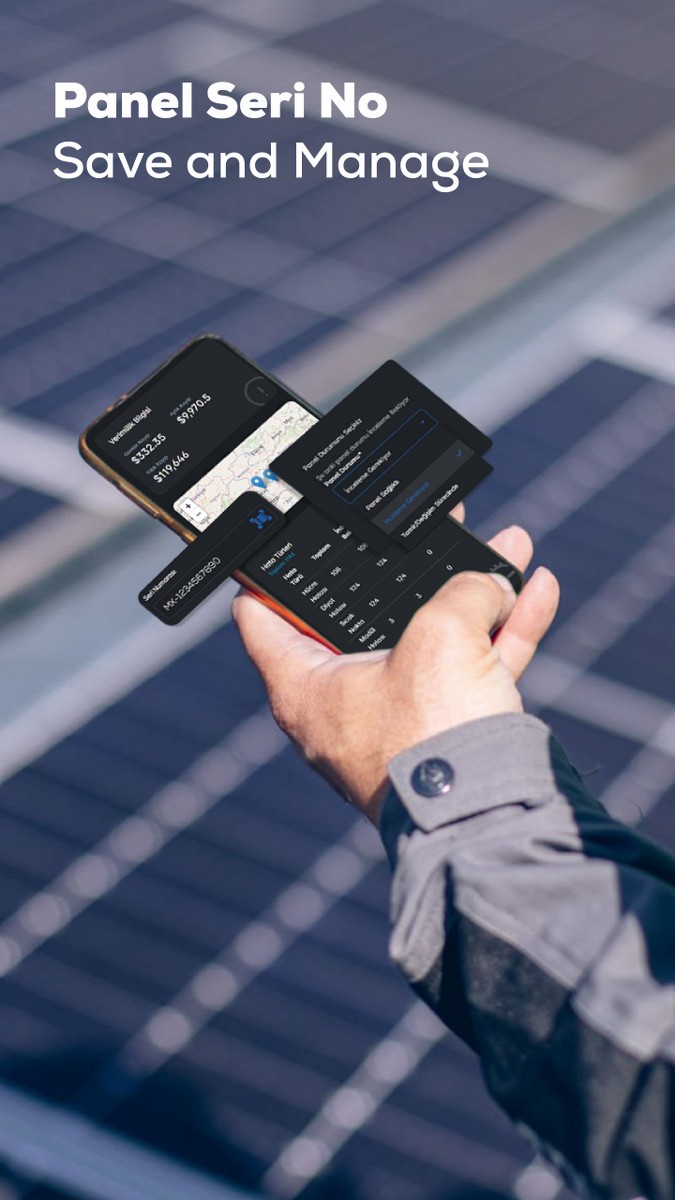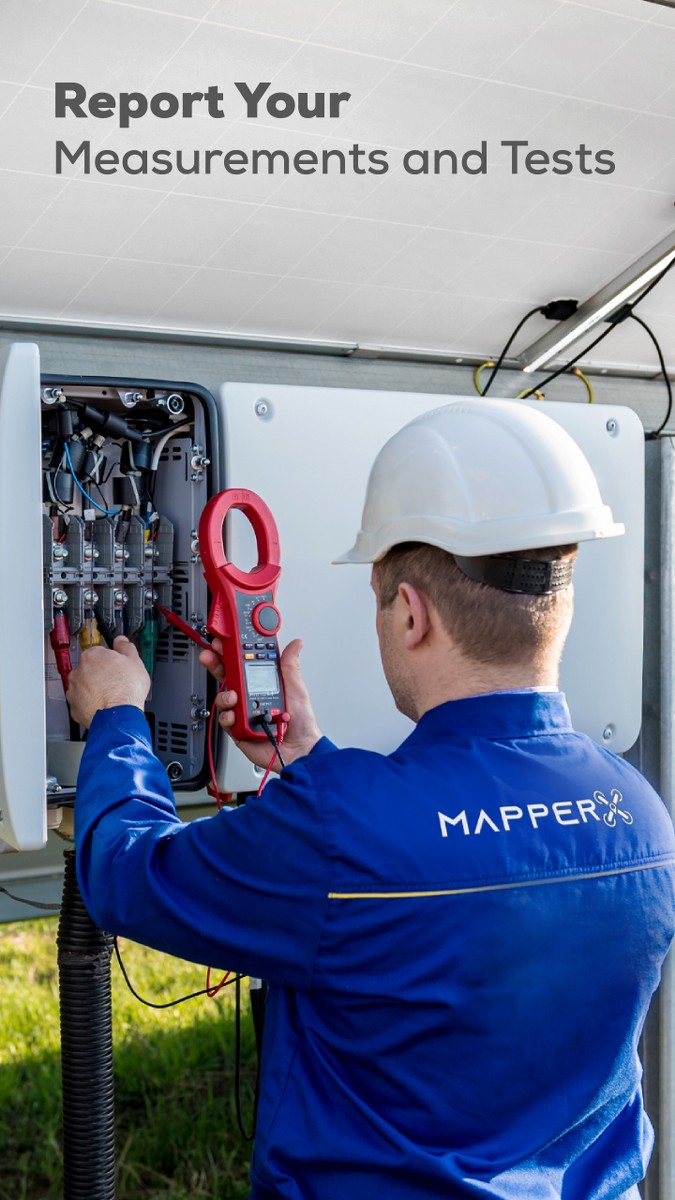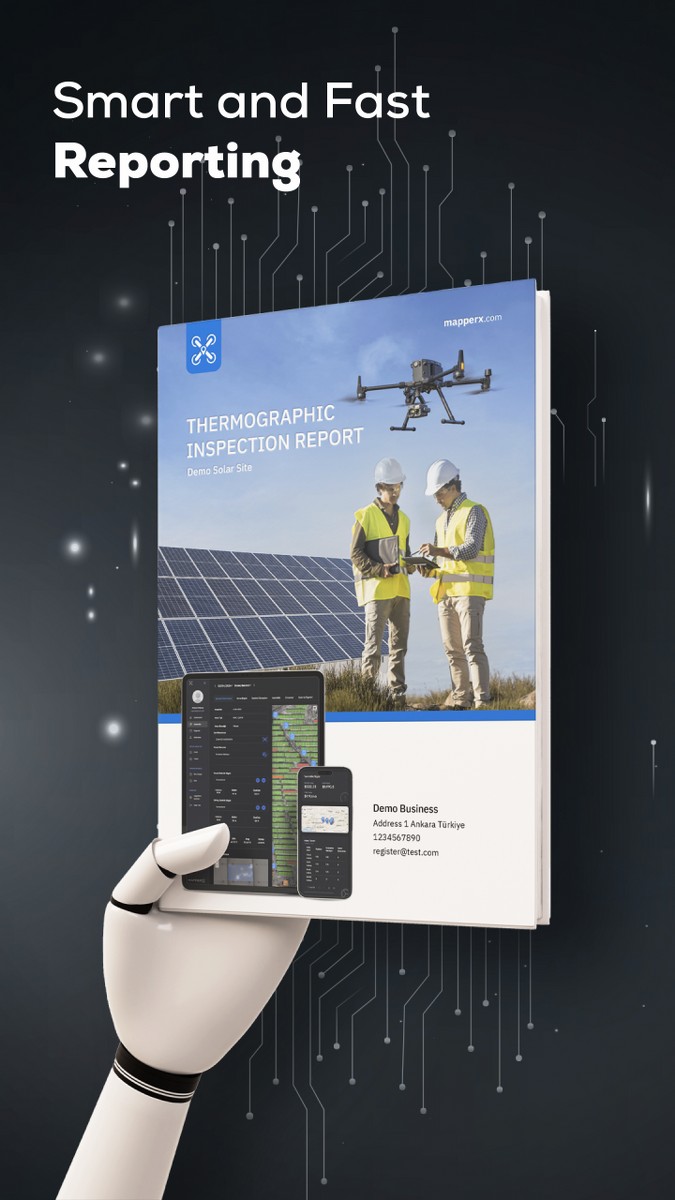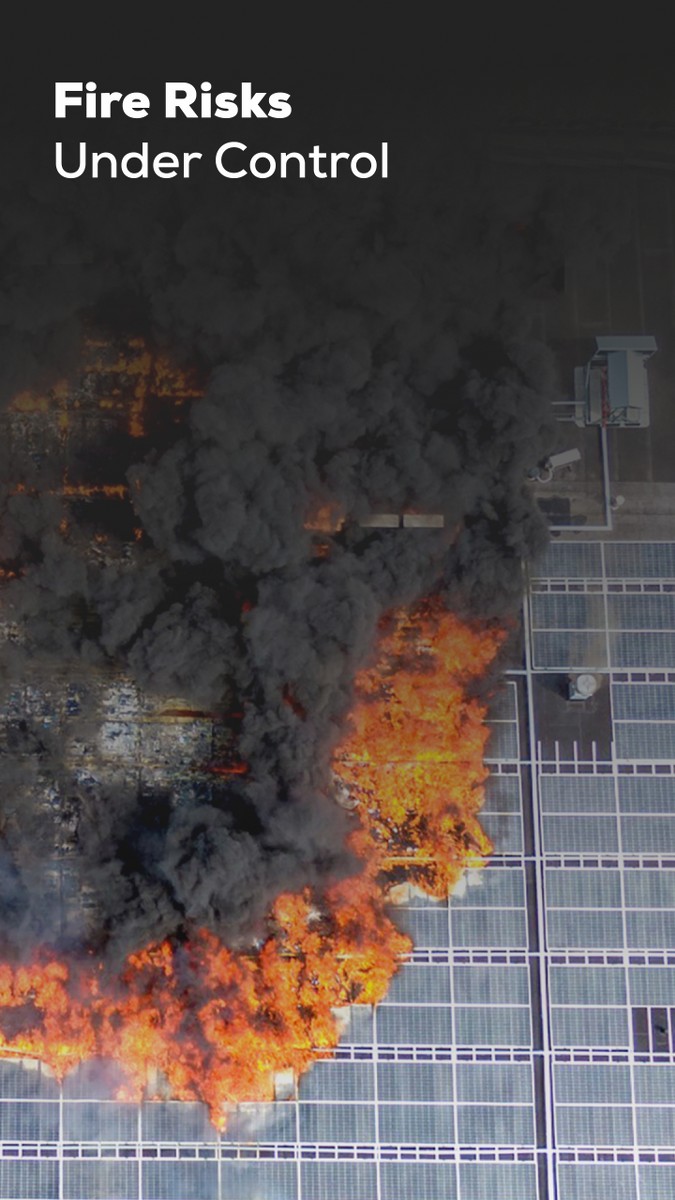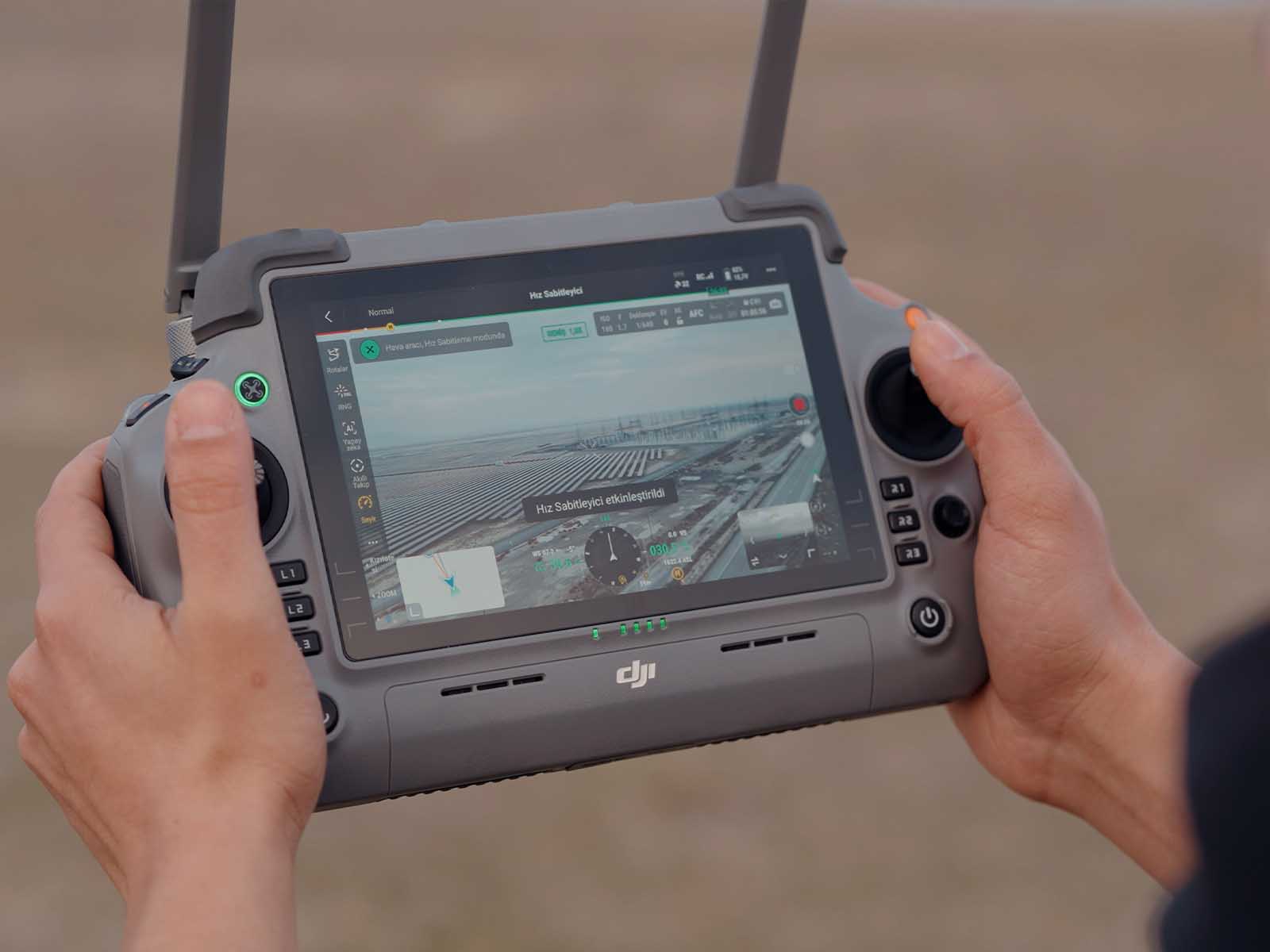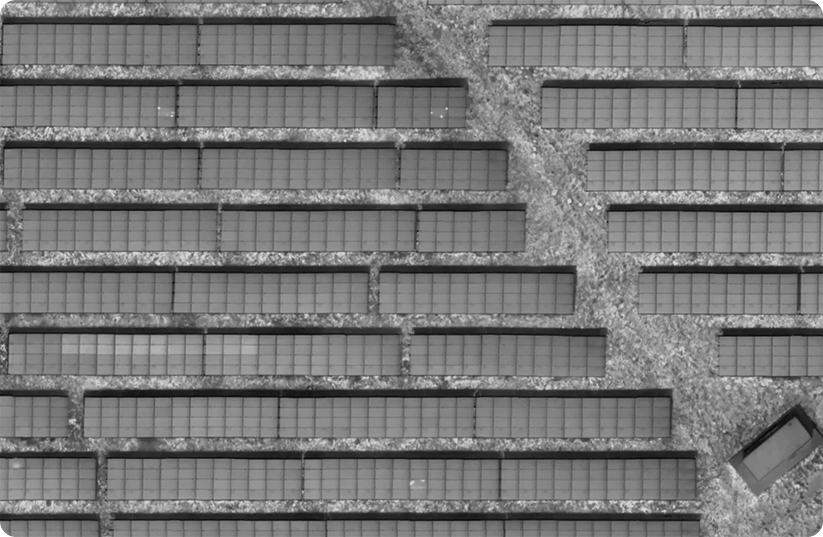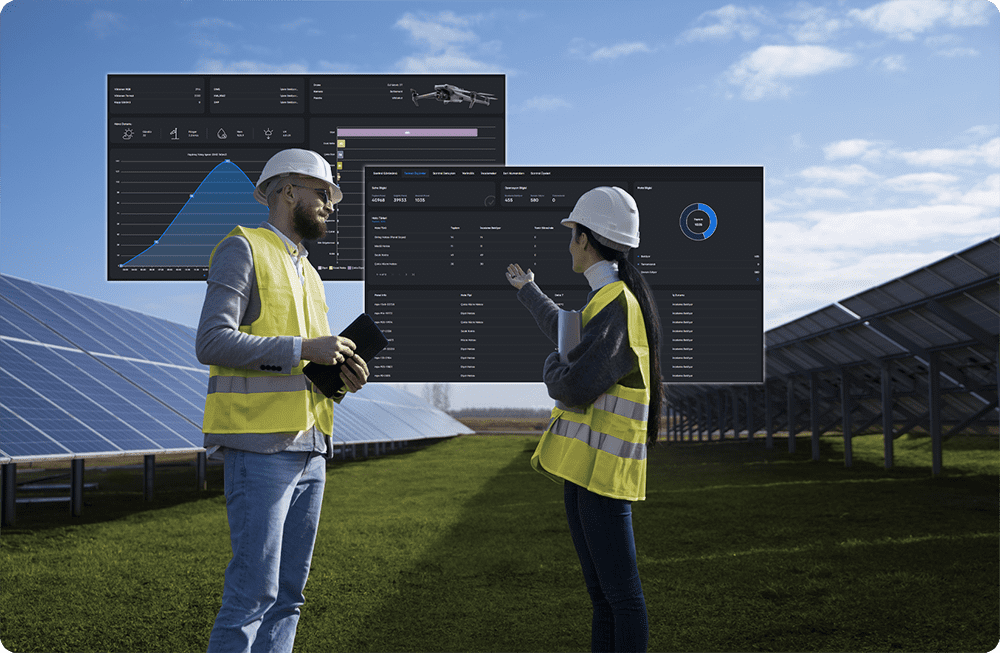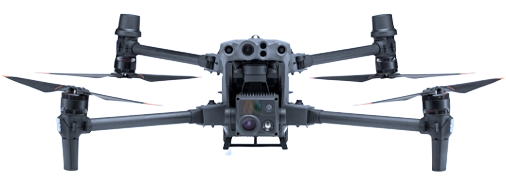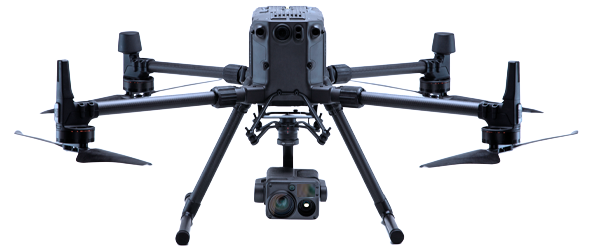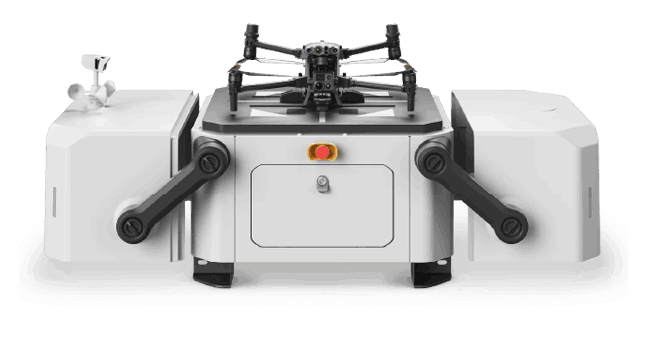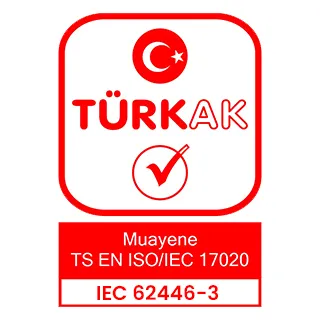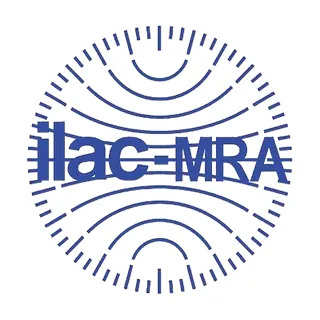Thermal drone inspections have rapidly become the go-to method for checking large numbers of PV panels efficiently. In this approach, an unmanned aerial vehicle (UAV) equipped with an infrared (IR) camera flies over the solar installation, scanning every panel from above. Specialized software guides the drone along predefined flight paths to cover the entire site systematically, often in a matter of hours for a utility-scale farm that would take days to inspect on foot.
The infrared camera captures temperature variations across each solar module. Healthy panels operate at relatively uniform temperatures, while problem areas stand out by being hotter or colder than normal. By translating heat patterns into a thermal image, drones can identify issues invisible to the naked eye such as:
Hotspots: Areas of a panel that run significantly hotter due to cell damage, cracks, or defective bypass diodes. Hotspots indicate that part of the panel is malfunctioning, which can reduce performance and risk further damage or fire.
Faulty cells or modules: A panel with an internal fault (like a micro-crack or solder issue) may show an irregular thermal signature. For example, sections of a defective panel might appear cooler if they aren’t generating power, or abnormally warm if electrical resistance is high.
String or array failures: If an entire string of panels is offline or underperforming (due to a blown fuse, tripped breaker, or wiring issue), the drone’s thermal map will reveal a row of panels cooler than the rest. This pinpoints electrical disconnections or failures in combiner boxes.
One of the biggest advantages of drone surveys is speed. A drone can scan an entire solar farm in hours instead of days, covering tens of megawatts of panels in a single flight. Completing inspections 10–15 times faster than manual methods means problems are found and fixed much sooner, dramatically reducing potential energy losses. Moreover, drone inspections keep technicians safely on the ground, avoiding the hazards of climbing on structures or working around live electrical equipment.


